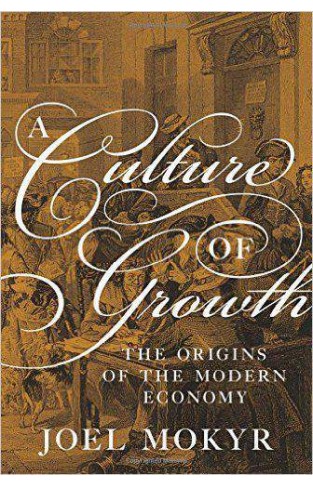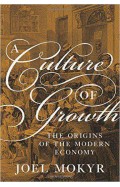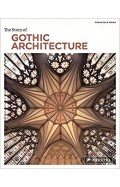Culture City How Culture Leaves Its Mark on Cities and Architecture Around the World
By: Wilfried Wang
-
Rs 3,712.50
- Rs 4,950.00
- 25%
You save Rs 1,237.50.
Due to constant currency fluctuation, prices are subject to change with or without notice.
Since the late 1990s cultural icons have been built in numerous cities throughout the world in order to court the attention of potential visitors in a globally competitive market. The book Culture:City analyzes this phenomenon from the point of view of artists, architects, and scientists. Does culture today still function as a guiding principle, or does it merely serve as a catalyst for spectacular buildings? Are the creative and cultural sectors the industries of the future in postindustrial societies? Do these buildings liberate or constrain the cultural activities that gave rise to them in the first place? How does the 'Bilbao effect' - the revaluation of a city through prestigious cultural buildings - work? Thirty pioneers, case studies, and negative examples are assembled paradigmatically in this book. Numerous essays and illustrations provide the reader with extensive and profound insight into this phenomenon.
| Book | |
| What's in the Box? | 1 x Culture City How Culture Leaves Its Mark on Cities and Architecture Around the World |
Since the late 1990s cultural icons have been built in numerous cities throughout the world in order to court the attention of potential visitors in a globally competitive market. The book Culture:City analyzes this phenomenon from the point of view of artists, architects, and scientists. Does culture today still function as a guiding principle, or does it merely serve as a catalyst for spectacular buildings? Are the creative and cultural sectors the industries of the future in postindustrial societies? Do these buildings liberate or constrain the cultural activities that gave rise to them in the first place? How does the 'Bilbao effect' - the revaluation of a city through prestigious cultural buildings - work? Thirty pioneers, case studies, and negative examples are assembled paradigmatically in this book. Numerous essays and illustrations provide the reader with extensive and profound insight into this phenomenon.
Culture City How Culture Leaves Its Mark on Cities and Architecture Around the World
By: Wilfried Wang
Rs 3,712.50 Rs 4,950.00 Ex Tax :Rs 3,712.50
Zubin Mehta: A Musical Journey (An Authorized Biography)
By: VOID - Bakhtiar K. Dadabhoy
Rs 472.50 Rs 1,050.00 Ex Tax :Rs 472.50
Culture City How Culture Leaves Its Mark on Cities and Architecture Around the World
By: Wilfried Wang
Rs 3,712.50 Rs 4,950.00 Ex Tax :Rs 3,712.50
The Story of Gothic Architecture (Story Of... (Prestel))
By: Francesca Prina
Rs 1,032.75 Rs 2,295.00 Ex Tax :Rs 1,032.75
No similar books from this author available at the moment.
No recently viewed books available at the moment.
Zubin Mehta: A Musical Journey (An Authorized Biography)
By: VOID - Bakhtiar K. Dadabhoy
Rs 472.50 Rs 1,050.00 Ex Tax :Rs 472.50
Culture City How Culture Leaves Its Mark on Cities and Architecture Around the World
By: Wilfried Wang
Rs 3,712.50 Rs 4,950.00 Ex Tax :Rs 3,712.50













-120x187.jpg?q6)












